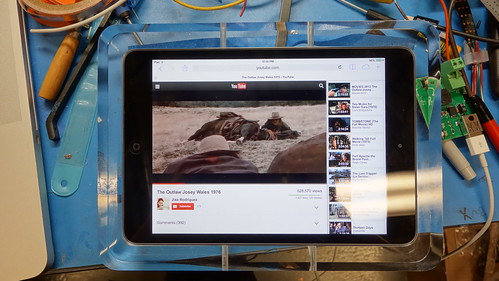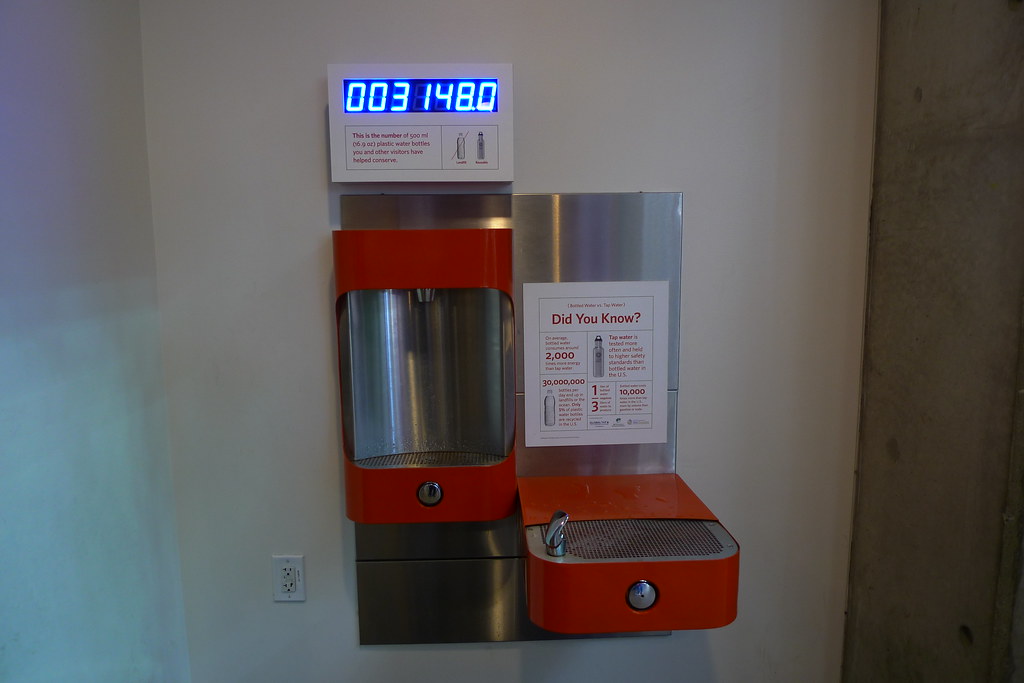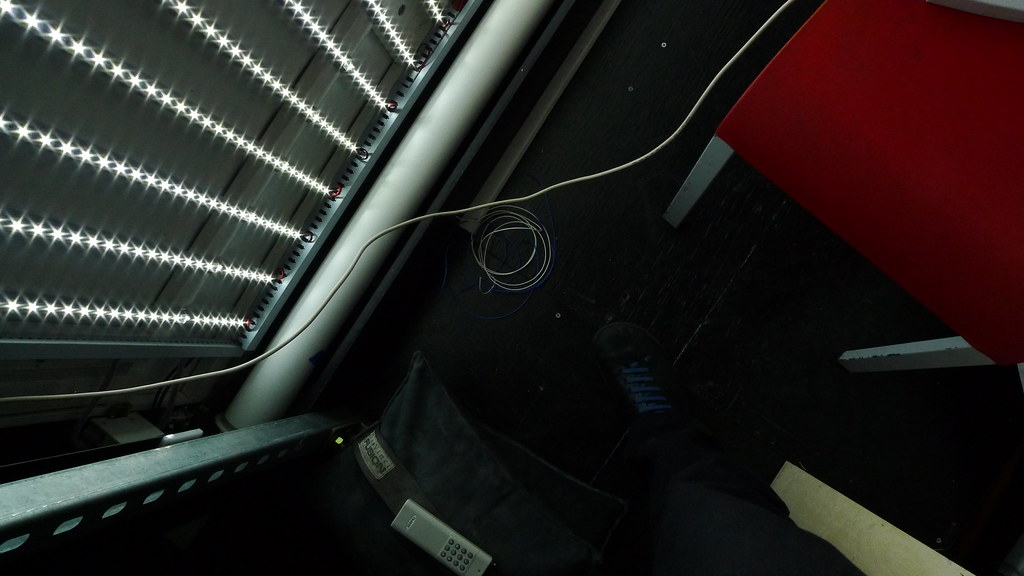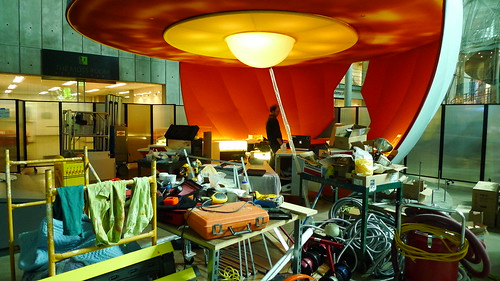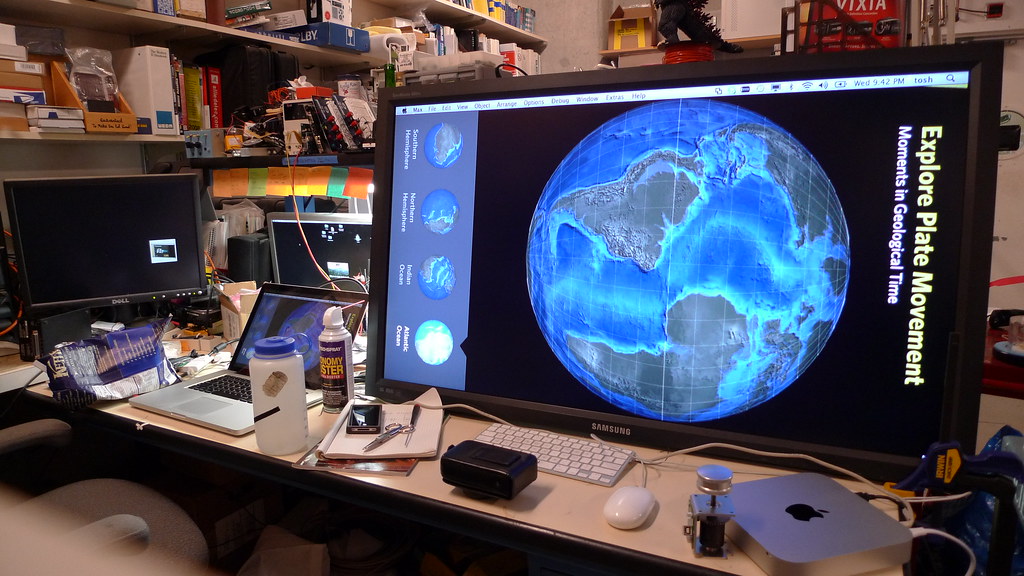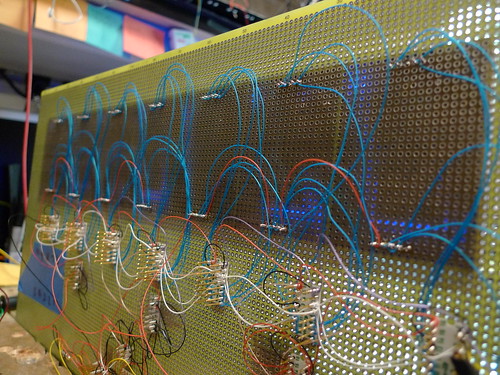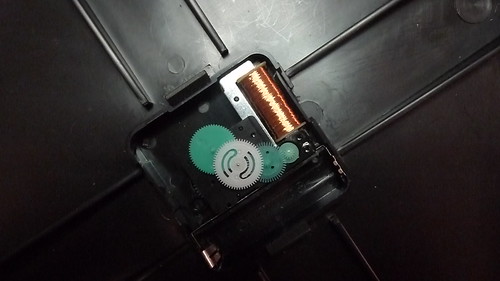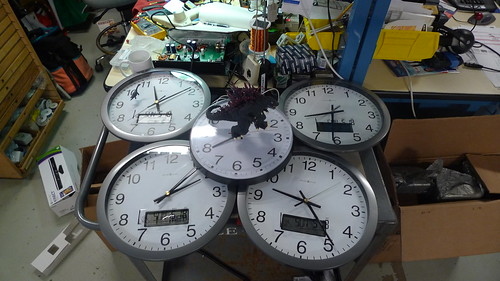
^^ THIS WOULD BE FUN!
Unfortunately, its not ours. In a previous era, we had an exhibit which translated the EEL's output current to an audible pulse, which the public could hear. Of course, those days are gone...
Currently, there's a hacked TEN's machine which provides a light jolt to the public. Sadly, its a complete hack-crack job-- dangerous perhaps to work on, and not made by our hands!? There have been enough complaints concerning a low level of jolt. There is one main problem: each user has a different electrical resistance. What is normal? Even upon measuring one's self (thumb to forefinger), you can get anything from 40k ohm, to 4m ohm (ahem, based on my own)!
There is one main problem: each user has a different
electrical resistance. What is normal? Even upon measuring one's self (thumb to forefinger), you can get anything from 40k ohm, to 4m ohm (ahem, based on my own)!
So the question is, at what strength do we make the eel v2 circuit at: 40
volts, 60 volts, 160 volts!?? How moist will the users hands be? With what surface area & pressure will each user touch the probes? Will The users go directly from the salt-water touch-tidepool to the exhibit!!?? Well, obviously, we just need to guestamate this one...
As of of now, it's a coil based unit utilizing an npn
TV cathode deflection transistor. Its under
stress testing right now. The first crack had problems with
thermal runaway i.e. everything would work perfectly for half an hour, until one under-spec'd capacitor would overheat and pull current. anyhow, thats the update!
UPDATE 2
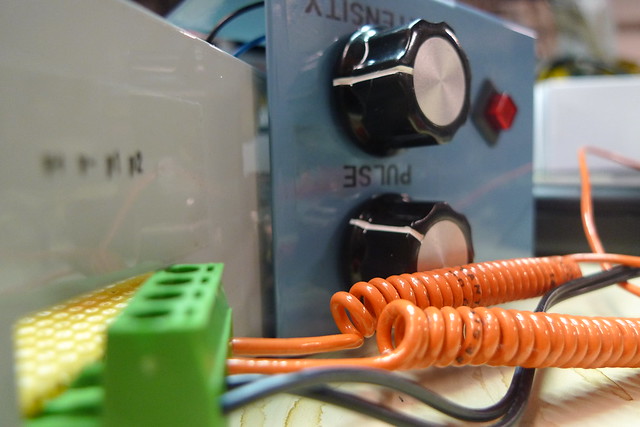
Well, it survived the week long bench test, so now its installed. Currently we're running a set-point of 176 volts!
UPDATE 3
..it still has electric
appeal.

